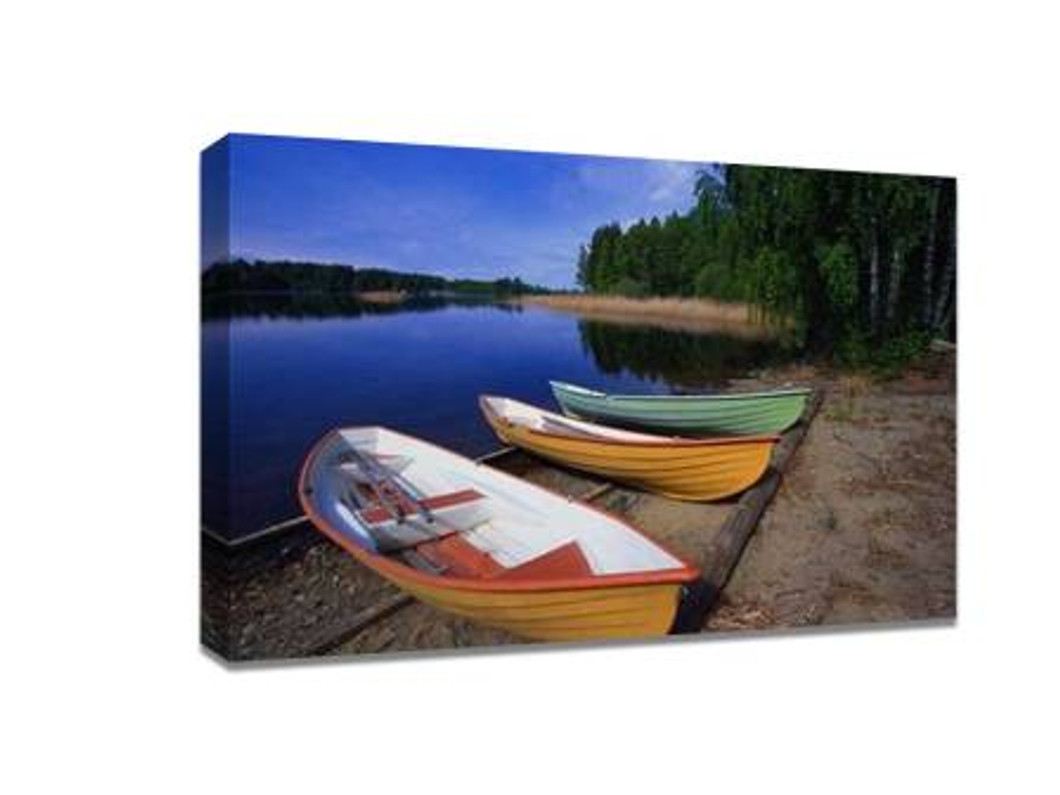The Effects of Weather and Light on Photography: Tips for Stunning Photos
Capturing beautiful images requires more than just a good camera or lens. Understanding how weather and light affect photography is crucial for photographers at all levels. Whether you’re planning to turn your shots into a photo on canvas or create stunning prints for your home, knowing how environmental conditions shape your photos can dramatically improve your results. In this guide, we’ll explore the key ways light and weather impact your photography and offer practical tips to help you capture images that truly stand out.
How Light Influences Your Photography
Light is the foundation of all photography. The quality, direction, and intensity of light can dramatically alter the mood, texture, and depth of your images.
1. Natural Light vs. Artificial Light
Natural sunlight provides a wide spectrum of colors and often creates dynamic shadows that enhance depth. Early morning or late afternoon sunlight, known as the golden hour, offers warm, soft light that makes landscapes and portraits look more vibrant. Conversely, midday sun is harsh and can create strong shadows, which might be desirable for certain artistic effects but can make faces or details less flattering.
Artificial light, such as studio lights or lamps, allows for full control of intensity and direction. While it may lack the natural warmth of sunlight, artificial light is ideal for controlled photography sessions or indoor shoots where consistency is key.
2. Direction and Angle of Light
Front lighting illuminates subjects evenly, reducing shadows and highlighting details. Side lighting adds depth by creating contrast and texture, perfect for emphasizing shapes and contours. Backlighting, where the light source is behind the subject, can produce dramatic silhouettes or ethereal glows. Experimenting with different angles will help you understand which approach best suits your artistic vision.
3. Color Temperature and Mood
Light has different color temperatures, measured in Kelvins. Warm light (around 2,500K–3,500K) can evoke intimacy and comfort, while cooler light (5,500K–6,500K) tends to feel crisp and fresh. Adjusting your white balance settings to match the light source ensures accurate color reproduction, especially if your photo will eventually be printed on canvas.
How Weather Impacts Your Photography
Weather can dramatically change the appearance of a scene, offering unique opportunities for creative photography.
1. Overcast Skies
Cloudy days diffuse sunlight, reducing harsh shadows and producing soft, even lighting. This is ideal for portrait photography or capturing natural colors in landscapes. Overcast weather also allows for longer exposures without overexposure, which is perfect for creating smooth water effects or motion blur in cityscapes.
2. Rain and Fog
Rain and fog can add mood and atmosphere to your photos. Wet surfaces reflect light, creating dynamic textures and interesting reflections. Fog softens distant objects and adds depth by introducing layers of tonal contrast, making your compositions more dramatic. However, it’s important to protect your camera and lenses with waterproof gear during these conditions.
3. Snow
Snow can be both a blessing and a challenge. Its reflective surface brightens scenes and enhances contrast, but it can also cause overexposure if your camera’s metering system isn’t adjusted. Use exposure compensation to avoid losing detail in bright areas, and embrace the crisp, clean aesthetic snow brings to both portraits and landscapes.
4. Wind
Wind affects movement in your photos. Flowing hair, waving grass, or moving clouds can add dynamism, but it can also blur details if your shutter speed is too slow. Use a tripod for stability when photographing landscapes and adjust your shutter speed to either freeze or emphasize motion, depending on your creative intent.
Combining Light and Weather for Maximum Impact
Understanding the interaction between light and weather can elevate your photography. For example, a golden hour shot after rainfall produces warm light reflecting off wet surfaces, adding depth and richness to your photo. Similarly, backlit fog can create a mystical atmosphere in forest photography. Experimenting with different combinations of lighting and weather conditions helps you develop a signature style.
Practical Tips for Shooting for Canvas Prints
If your goal is to turn your photos into a photo on canvas, consider these additional tips:
-
Shoot in High Resolution: Canvas prints reveal detail, so capturing high-quality images ensures your photos look crisp and professional.
-
Mind the Contrast: Canvas can soften images slightly, so increasing contrast slightly in post-processing helps maintain vibrancy.
-
Avoid Cluttered Backgrounds: Clean, simple compositions translate better onto canvas and prevent visual distractions.
-
Plan for Cropping: Canvas prints may require slight cropping for framing, so leave extra space around key subjects.
Weather and light are two of the most powerful tools in a photographer’s arsenal. By understanding their effects, you can capture compelling images that translate beautifully into photo on canvas prints. Whether you’re chasing the golden hour, embracing foggy landscapes, or experimenting with dramatic lighting angles, mastering these elements ensures your photography stands out and creates a lasting impression.
With careful planning, experimentation, and attention to environmental factors, every photo you take can have the potential to become a stunning piece of wall art that elevates any space.
Recent Posts
-
Top 5 Affordable Canvas Print Ideas for Your Children's Room
When it comes to decorating your child's room, it's important to create a space that feels as fun, p …8th Dec 2025 -
Common Mistakes to Avoid When Ordering Panoramic Canvas Prints
Panoramic canvas prints are an amazing way to showcase breathtaking landscapes, family memories, or …8th Dec 2025 -
Cheapest Canvas Prints Australia: Ideal Gift Ideas That Won’t Break the Bank
Finding meaningful gifts doesn’t have to drain your wallet—especially when personalised decor is mor …5th Dec 2025
